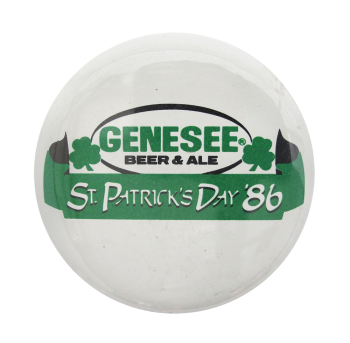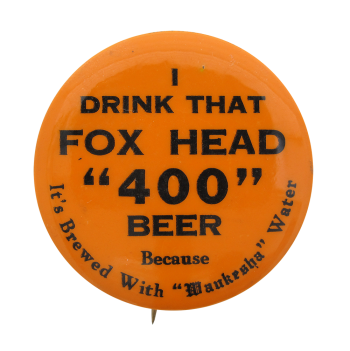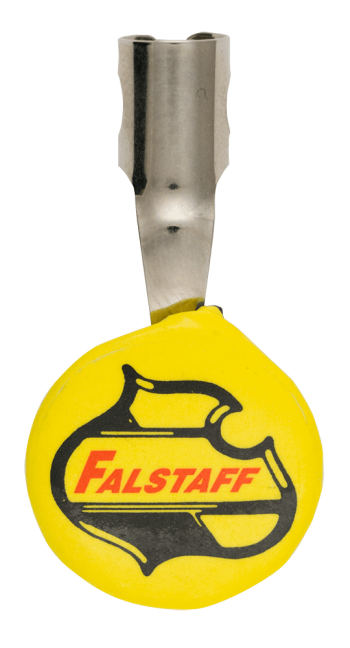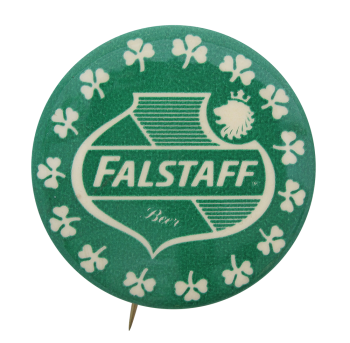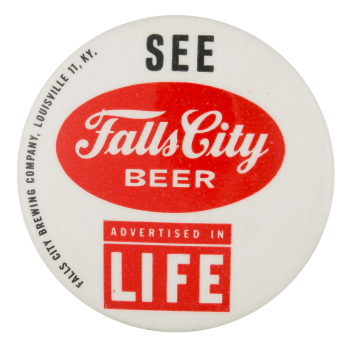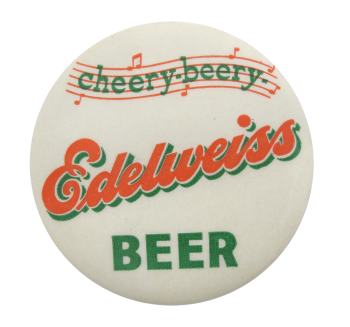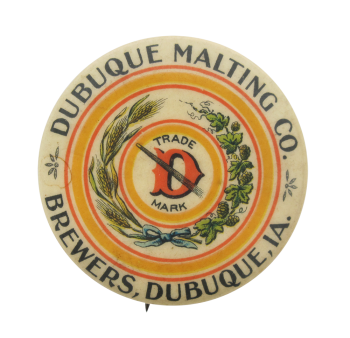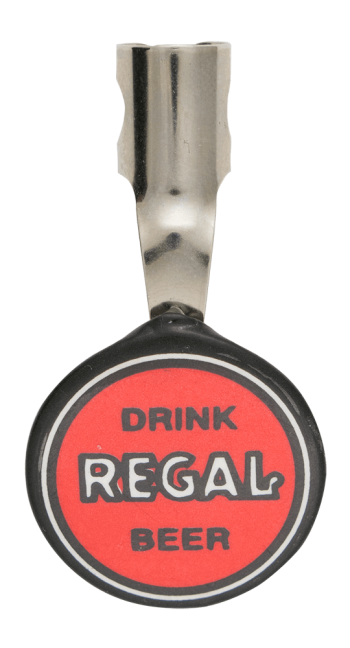Genesee Beer and Ale
| Category | |
|---|---|
| Additional Images | |
| Sub Categories | |
| Text on Button | GENESEE BEER & ALE ST. PATRICK'S DAY '86 |
| Image Description | Green and black text in a white oval with black outline, with a green clover on each side, above white text on a green banner. |
| Curl Text | MADE IN U.S.A. |
| Back Style | |
| The Shape | |
| The Size | |
| Year / Decade Made | |
| Additional Information | The Aqueduct Spring Brewery was the first brewery located in Rochester, New York when it opened in 1819. In 1878, the brewery was sold and renamed as the Genesee Brewery. In 1932, after the repeal of Prohibition, the company reopened as the Genesee Brewing Company. Genesee Beer first appeared in 1878 and grew in popularity over the years. Genesee Cream Ale, also known commonly as Genny Cream Ale among people in Western New York where Genesee is based, was originally brewed in 1960. The beer is recognized for winning two consecutive gold medals at the Great American Beer Festival. |
| Catalog ID | BE0028 |

